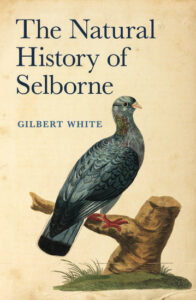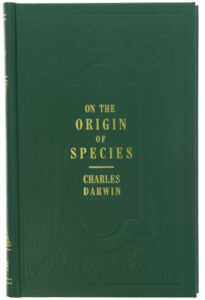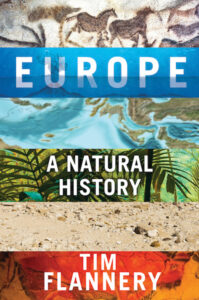As I, like so many other naturalists, have long kept a dated record of the natural events I witness occurring around me throughout the year, I was recently delighted to discover when and how the practice is able to be documented as beginning.

As I, like so many other naturalists, have long kept a dated record of the natural events I witness occurring around me throughout the year, I was recently delighted to discover when and how the practice is able to be documented as beginning.

If you’re like me, you may very well have more than one copy of some of your favorite books. Perhaps they are different editions, perhaps one is a loaner and the other your prized copy. In the case of Charles Darwin’s On the “Origin of Species,” my own total presently stands at four – or rather, with the arrival of the new special edition published by the Natural History Museum, five.

You have to hand it to Tim Flannery – when he writes a book, he tries to keep his subject tightly focused on an easily manageable subject, such as the ecological history of North America and the people living there, or the natural history of planet Earth as a whole. I jest, of course.

While Juliet’s famous lines “What’s in a name? that which we call a rose / By any other name would smell as sweet” are in practical sentiment quite correct, given that there are well over one hundred different species in the Genus Rosa, changing them around randomly without some sense of order and few ground-rules applied to the process would make things very confusing indeed.